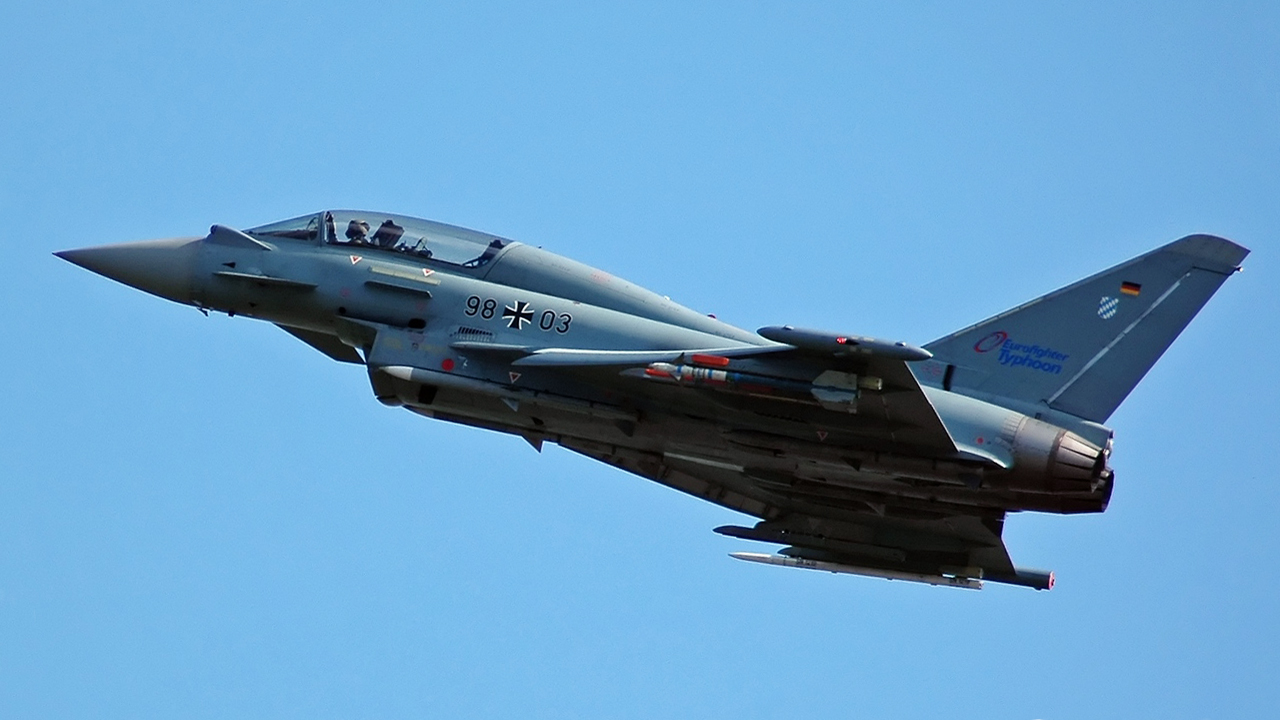Germany is stepping up preparations for a possible war, urging cities to strengthen civil defence while massively expanding its military. Behind the push lies the fear of Russian aggression—and the ambition to build Europe’s strongest army.
German Cities Are Making War Scenarios
The armed forces (Bundeswehr) is urging cities and municipalities to prepare for a potential war on German soil, reported the domestic outlet Correctiv on 18 August 2025. The paper reports that in recent weeks, high-ranking Bundeswehr officers have visited several regional administrations across Germany. The purpose of these confidential meetings was to convince local governments to strengthen their wartime preparedness. The ultimate goal is to ensure that Germany’s infrastructure is ready for the possibility of war, both domestically and in Eastern Europe.
The Bundeswehr confirmed the report when approached by Correctiv. ‘Talks have been ongoing for some time, particularly with representatives of the federal states,’ a spokesperson for the Bundeswehr’s Operational Command said. These discussions were held within the framework of the Operationsplan Deutschland (Germany Operational Plan).
The plan, which was presented to the German District Association in February, aims to prepare the country’s logistical systems for war scenarios—whether on German territory or in Eastern Europe. According to the document, the goal is to establish a credible deterrent that could prevent an attack on Germany and avoid the outbreak of war. Based on a presentation published on the Bundeswehr’s official website, the plan is a direct response to Russia’s aggression against Ukraine and is intended to strengthen the defence of NATO’s eastern flank. The Bundeswehr emphasized that the talks with district leaders and mayors are part of what is known as OPLAN DEU. The objective is to align the Bundeswehr’s central military elements for national and alliance defence with the necessary civilian support tasks.
‘The plan is a direct response to Russia’s aggression against Ukraine’
In times of crisis or conflict, the aim is to act in a targeted manner and within constitutional boundaries, following political decision-making. Several mayors and district leaders gave detailed accounts to the newspaper of what these consultations involved: identifying vital facilities such as key intersections, bridges, or emergency wells. Defence concepts must be drawn up to protect these sites from sabotage or attacks.
Additionally, underground cellar connections in city centres, which were once sealed off, should be reopened so that survivors of bombings can be rescued from collapsed buildings. As one district leader put it: ‘We must be prepared for everything.’
Germany Rearms
Besides preparing the civilian sphere for a potential conflict, the capital also ramps up military acquisitions and is seeking to transform its military into the most capable force in Europe. Just days after Russia’s 2022 invasion of Ukraine, Chancellor Olaf Scholz declared a Zeitenwende—a historic turning point—in the Bundestag, pledging greater support for Ukraine and a significant strengthening of Germany’s armed forces. To achieve these goals, his government created a €100 billion special military fund to be spent over five years.
Yet, despite ambitious plans and ongoing modernization efforts, the proclaimed turning point fell short of delivering the sweeping, immediate changes the German defence sector urgently needed. While Germany’s allocated budget surpassed 2 per cent of GDP last year, this was possible only thanks to the extra resources provided by the special €100 billion fund. That amount, however, is soon to run dry—and inflation has already eroded part of its value. Critics also argue that modernization has been too slow and too narrow in scope, especially compared with Poland’s rapid military build-up during the same period. Moreover, Germany must replace the large number of weapons it has sent to Ukraine, as some of its own stocks—particularly in air defence and artillery—have actually shrunk in recent years.
‘How far will Germany go into debt to rearm without dismantling its welfare model?’
Friedrich Merz, Germany’s newly appointed chancellor, now seeks to change this trajectory. He has announced a €500 billion military build-up, aiming to create Europe’s most powerful ground force. A crucial step toward this was amending the constitution to suspend the so-called ‘debt brake’, allowing the government to finance the military buildup through borrowing at the expense of fiscal stability. The question remains: How far will Germany go into debt to rearm without dismantling its welfare model?
In July, the cabinet approved draft legislation to accelerate weapons acquisition, enabling faster purchases by easing bureaucratic hurdles and raising the threshold for high-value contracts. The bill explicitly identifies Russia as ‘the most immediate threat to peace and security’ and stresses the need to meet NATO’s defence goals. Germany is preparing a wave of multi-billion-euro procurement orders, including the purchase of 20 new Eurofighter jets, up to 3,000 Boxer armoured vehicles, and as many as 3,500 Patria infantry fighting vehicles. Defence Minister Boris Pistorius reportedly told lawmakers behind closed doors that the government’s top priority is to transform the Bundeswehr into Europe’s strongest conventional force.
Related articles:
